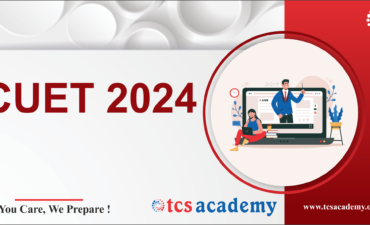#UGC #NEWS #NET #EXAM

For the first time, India will allow nearly 15% of universities to offer online degrees allowing students and executives to learn anywhere, anytime. The courses, however, will be non-technical in nature, implying that they exclude degrees in engineering and medicine, human resource development minister Prakash Javadekar explained.
Although some believe the move may compromise quality, it will help India improve its low gross enrolment ratio (GER) in higher education and address the problem of access to colleges, faced in several parts of India.
What
- Universities accredited by the National Assessment and Accreditation Council (NAAC) and rated A+ will be allowed to offer such courses. Others that want to offer such courses will be allowed a window of two years to achieve the A+ level in NAAC accreditation.
- With mobile phone availability and usage on the rise, experts are hopeful that the existing ecosystem may be more welcoming to the idea of online learning.
- The annual status of education report (ASER) published, which measures the learning ability of young people in the age group of 14-18 years, found that 73% used a mobile phone.
- However, the policy will face three key challenges. For one, it will be in direct conflict with distance education; second, the experience worldwide is that open online courses have not been a spectacular success; and three, the evaluation of students will be a difficult task. Besides, Indian higher education is not staffed sufficiently to manage the existing number of students.
- This will be different from the regular correspondence course as it will allow students from outside the state—in case a state university is offering such courses—to sign up. At present, a state university cannot offer correspondence courses through distance mode to students residing outside the state boundary.
- The government wanted to improve the GER significantly. Currently, some 25% of eligible students are pursuing higher education in India as against more than 70% in the US. Besides, the GER varies across several states. For example, while the proportion of students pursuing tertiary education is 14% in Bihar and 21% in Odisha, it is 47% in Tamil Nadu.
- In 2016-17, India had more than 40,000 colleges, 11,669 stand-alone institutes and 864 universities catering to more than 35.7 million students.



